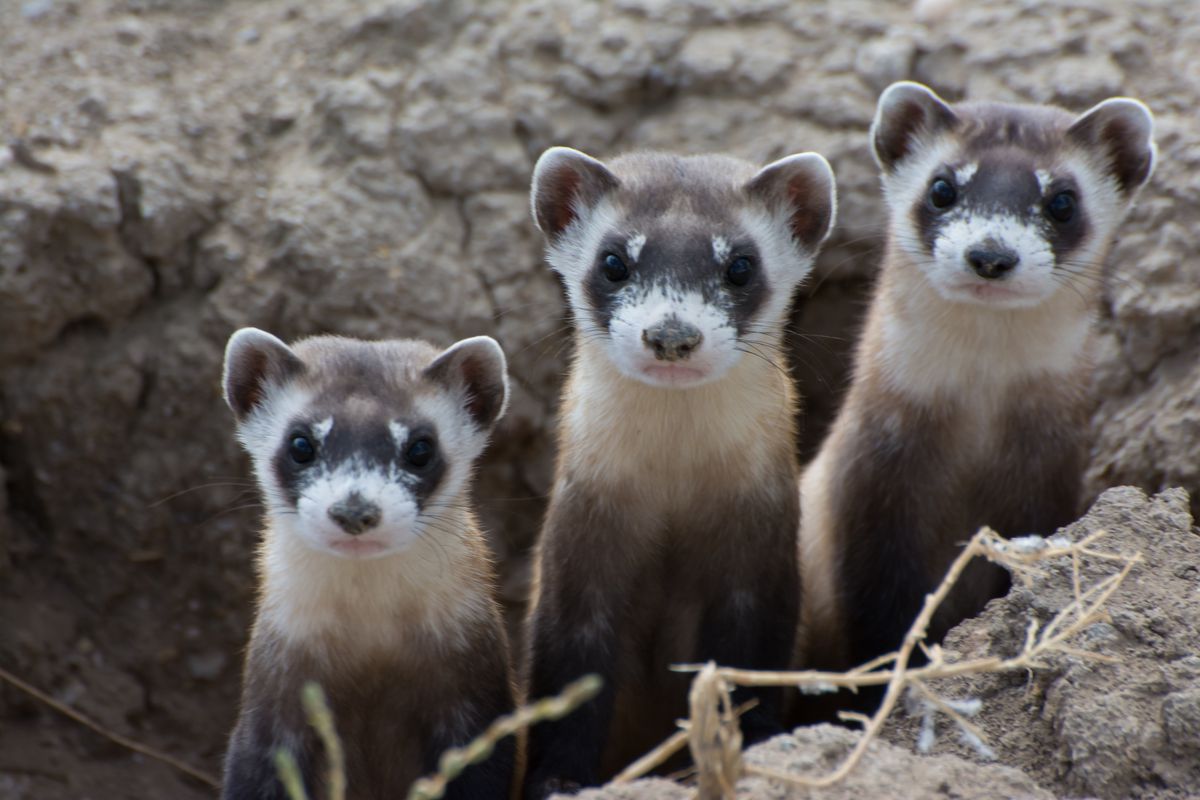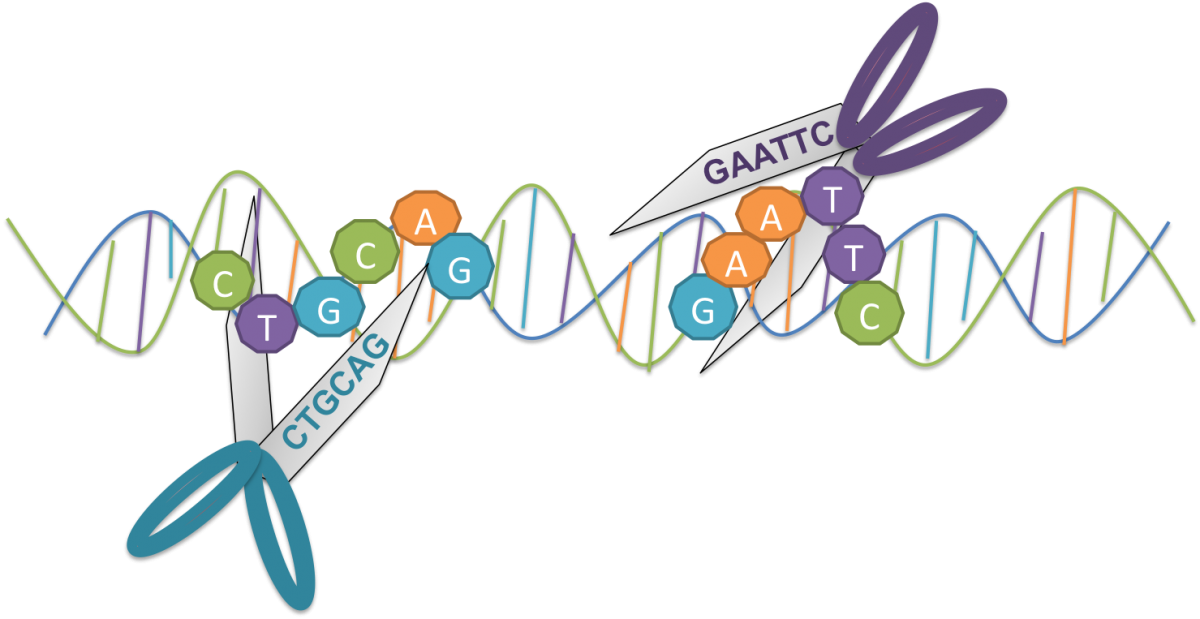 On December 10, 2020, Elizabeth Ann -- a black-footed ferret -- was born.
On December 10, 2020, Elizabeth Ann -- a black-footed ferret -- was born.
She is the first-ever endangered animal native to the U.S. to be successfully cloned. Her birth was celebrated by scientists as black ferrets are one of North America’s critically endangered mammal species.
To achieve this, scientists used the DNA belonging to a ferret named Willa whose tissues were frozen 33 years ago. As a clone, Elizabeth Ann is an identical twin to Willa, despite Willa dying over three decades ago. And now, hope is not lost for the survival of the black-footed ferret.
Why Endangered?
Black-footed ferrets are the only ferret species native to North America. They live in the grasslands of the northern Great Plains and feed mainly on prairie dogs. As both predators and prey, they are key members in preserving the ecosystem on the prairie.
 Sadly, their population has reduced drastically over the years. So much so that by the early eighties they were believed to have become extinct. The reasons are a loss of habitat, a decrease in the population of their main food source, and exposure to foreign diseases such as the plague.
Sadly, their population has reduced drastically over the years. So much so that by the early eighties they were believed to have become extinct. The reasons are a loss of habitat, a decrease in the population of their main food source, and exposure to foreign diseases such as the plague.
Then, in 1981, a small population of black-footed ferrets was discovered in the grasslands of Wyoming. In an effort to save the species from extinction, the U.S. Fish and Wildlife Service (USFWS) was able to capture and protect the ferrets that remained. Of these, only 7 successfully reproduced and passed down their genetic materials.
Cloning Process
 The tissues from Willa’s DNA were kept at the San Diego Frozen Zoo. As the name implies, the Frozen Zoo is indeed like a large freezer - it preserves the cells of more than 1,100 species worldwide.
The tissues from Willa’s DNA were kept at the San Diego Frozen Zoo. As the name implies, the Frozen Zoo is indeed like a large freezer - it preserves the cells of more than 1,100 species worldwide.
In a lab, ViaGen Pets and Equine (a company specialized in cloning pets) used the eggs taken from sedated domestic ferrets and removed the genetic material from them. With the eggs and Willa’s DNA, they created embryos which were then implanted into a ferret surrogate. A few weeks later Elizabeth Ann was born.
Because of how small the surviving population of black-footed ferrets is, they are all closely related and share the same DNA. Therefore, with little genetic variation within a population, the individuals will struggle to adapt to changes in their environment. For example, all the individuals in this population will be more susceptible to diseases such as sylvatic plague.
But because Willa was from a different population of black-footed ferrets, Elizabeth Ann’s DNA will introduce genetic diversity into the population. Through their work, conservationists hope they will enable the species to evolve and adapt to their changing environment.
The birth of Elizabeth Ann, the first successfully-cloned endangered animal native to North America is a date to remember! In the future, cloning can not only save more endangered species but also potentially bring back extinct ones, and contribute to the preservation of their habitat.
Sources: BBC, NYTimes, WWF, LiveScience, NBC







